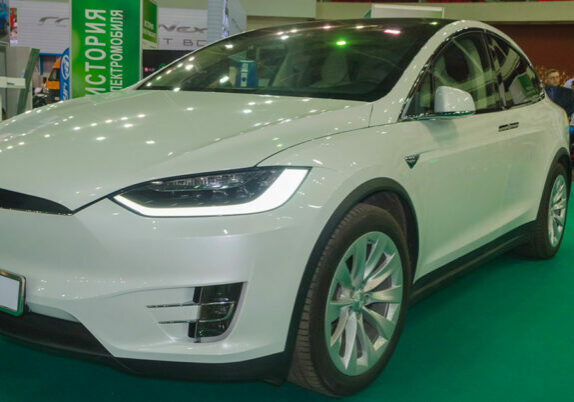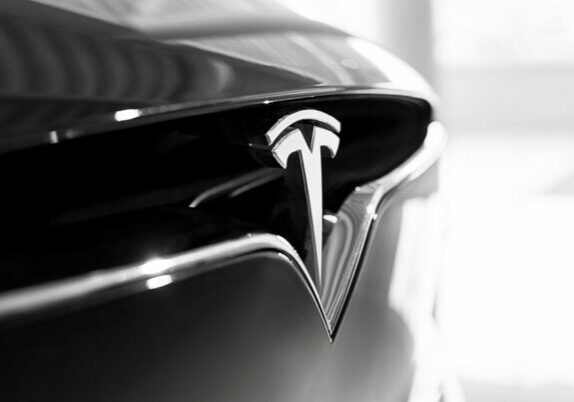As electric vehicles continue to gain popularity, many drivers are still hesitant about charging their EVs in adverse weather conditions, particularly in the rain. However, contrary to popular belief, charging your EV in the rain is perfectly safe as long as you take the necessary precautions and have a compliant charger with a high enough Ingress Protection (IP) rating to protect it from water ingress.
In this article, we will explore tips and tricks for safely charging your EV in the rain, including the importance of surge protection devices and the different types of chargers available.
To ensure the safety of both the driver and the EV, it’s always good to be aware of the various safety features and standards that must be met by EV chargers. These features ensure that the charger is protected from water, dust, and other elements that could damage the device or pose a hazard to the user.
What You Need to Know
- Official EV chargers are designed to withstand various weather conditions, including rain, and are rated with IP54 or IP55 for water protection.
- Surge Protection Devices are recommended when charging EVs during a storm to prevent any damage to the vehicle or charger.
- Home EV chargers undergo frequent safety checks to ensure they meet the highest standards, and installation includes a single-phase charge point, up to 10 meters of cable, and Type A RCBO in an RCBO enclosure.
EV Charger Weather Resistance
EV chargers with IP54 or IP55 ratings provide sufficient protection from water ingress, ensuring safe charging of electric vehicles in the rain, as indicated by pre-existing knowledge. These ratings indicate the level of protection from external elements, including water, with IP54 providing protection from water spray at any angle and IP55 providing protection from water jets at any angle. Such chargers are designed to withstand almost all weather conditions, including heavy rain, and can be installed both indoors and outdoors.
It is worth noting that while EV chargers with IP54 or IP55 ratings provide sufficient protection from water ingress, it is still recommended to exercise caution when charging an electric vehicle during a storm. Surge Protection Devices are recommended to protect the charger from power surges and prevent any possible damage to the EV. Additionally, regular checks and maintenance are necessary to ensure that the charger continues to meet the highest safety standards.
Overall, with the appropriate charger and precautions in place, electric vehicle owners can safely charge their vehicles in the rain.
Safety Features and Standards
Standards for protection against external elements, such as water, are indicated by IP ratings in compliant chargers. EV chargers with IP54 or IP55 ratings are considered to be protected from water ingress. This means that they can operate safely in rainy weather conditions.
Note that while official EV chargers are manufactured to withstand almost all weather conditions, they are not completely immune to damage from severe weather events such as storms or flooding. Surge Protection Devices are recommended for charging EVs during a storm to protect the charger and the vehicle from electrical damage.
Home EV chargers are frequently checked to uphold the highest safety standards. The installation of a Type A RCBO in an RCBO enclosure is included in the standard installation package.
Installation
When you are installing your home EV charger, make sure you understand and check for the following:
- Is a Surge Protection Device (SPD) being installed at the breaker box? Here are the types of SPD to consider.
- Is the EV charger rated for external use in any weather condition (like outside n your driveway).
If installing a home wall charger, you will want to talk to a professional electrician. Otherwise, we recommend contacting the manufacturer.
Frequently Asked Questions
Can I charge my electric vehicle in a thunderstorm?
It is not recommended to charge an electric vehicle during a thunderstorm due to the risk of lightning strikes and power surges. Surge protection devices are recommended for EV charging during a storm to minimize the risk of damage to the vehicle and the charging equipment.
Is it safe to charge my EV while it’s parked under a tree during a heavy rain?
It is not recommended to charge an electric vehicle while it’s parked under a tree during heavy rain due to the risk of falling branches or debris damaging the vehicle or charger. It is best to park in a safe, open area during a storm.
What is the maximum distance between the EV charger and the car that can be charged?
The maximum distance between an EV charger and the car that can be charged depends on the length of the cable provided with the charger. Standard installation packages usually include up to 10 meters of cable. Many of the Level 2 EV chargers have 25 foot cables.
How often should I have my home EV charger checked for safety?
It is recommended to have your home EV charger checked for safety at least once a year. This ensures that the charger is functioning properly and upholding the highest safety standards.
EV Charging in the Rain
Charging your electric vehicle in the rain can be a concern for many, but with the right equipment and precautions, it is perfectly safe. It is important to ensure that your EV charger has a high enough IP rating to protect it from water ingress. Additionally, surge protection devices can provide an extra layer of safety during adverse weather conditions.
There are various types of EV chargers available, including home chargers and fast chargers, which can be tailored to your specific needs. When it comes to installation and financing, choose a reputable company that can provide a professional and reliable service.












